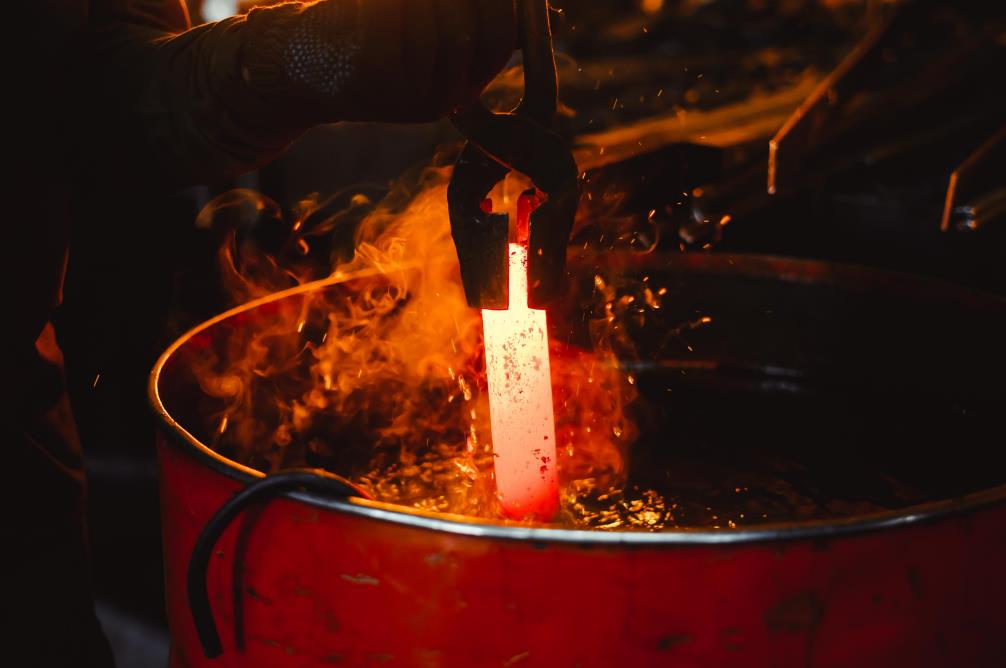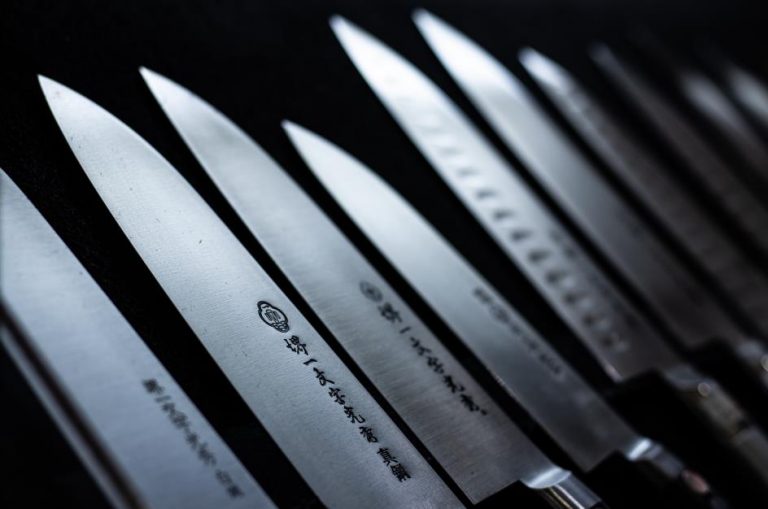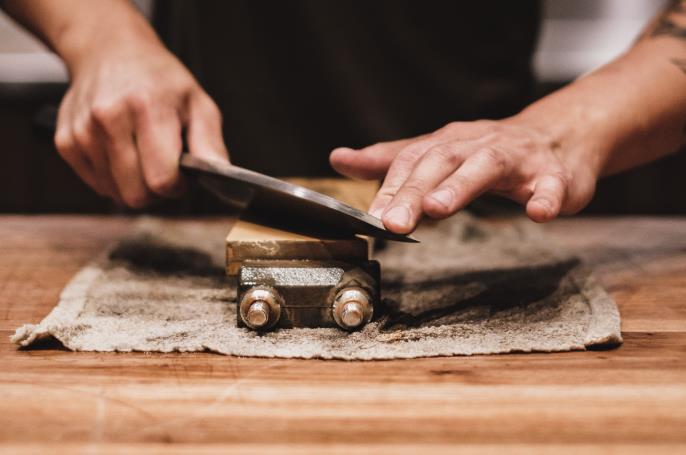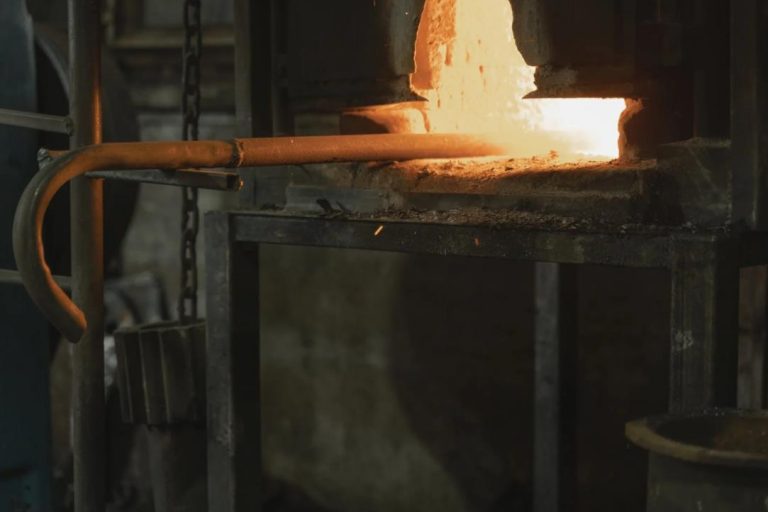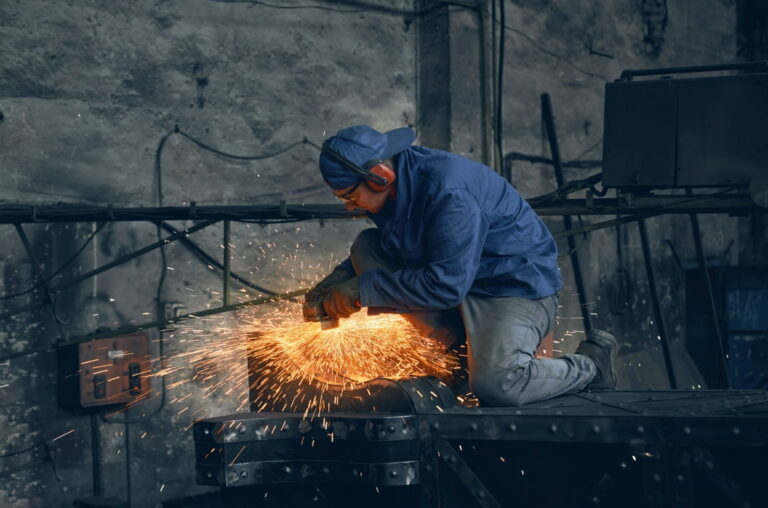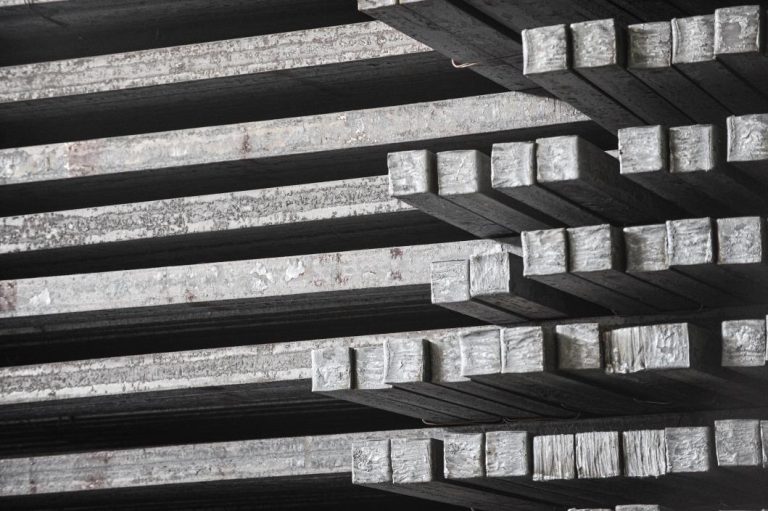A blade undergoes many procedures before it is ground and finished as a product. The many steps that involve making a knife mainly fall under heat treatment.
The blacksmith shapes the blade profile by hammering or cutting the steel, and the heat treatment begins. One of the most common heat treatment techniques is quenching – the blacksmith submerging the hot metal into a liquid mixture.
It’s a straightforward action that often utilizes oil or water as means of cooling. Quenching is simply dipping the hot steel into these liquids to cool it. As simple as it might sound, it’s a detrimental process that alters the blade’s both physical and chemical properties.
You don’t need to go to a blacksmithing school to know what quenching does to steel. Here is everything you need to know about quenching in this simplified article.
What is the steel heat treatment?
Let us explain what heat treatment is before diving into quenching. Knowing the purpose of heat treatment will help you better understand quenching as a whole.
Heat treatment is the use of ranging temperatures to change the physical and chemical properties of metals to our benefit. Steel is an easygoing metal that blacksmiths can adjust its properties to fit the use case better.
Quenching is just one heat treatment method. There are also other heat treatment techniques that change the properties of steel. We’ve covered them in a detailed article. Read everything you need to know about heat treatment.
Purpose of quenching
Heating the steel to its austenite temperature releases carbon into the solution. When the steel cools at a slow rate, it begins to form ferrite, which doesn’t help with hardening. The gradual cooling allows for the carbon to escape from the solution. This can help when normalizing or annealing the steel.
That’s where quenching comes into play. The carbon remains in the solution by rapidly cooling the steel, allowing it to form martensite. This crystalline structure is very hard, giving the steel its traits.
How does it change the steel property?
Quenching steel increases its hardness, and other properties also change with it. Hardness is surely a much-needed trait to have in knives, but too much of it can cause problems.
Martensite is an incredibly hard crystalline structure. As the hardness increases with martensite, so does the brittleness of the steel. We want our cutting edge to be hard to maintain its sharpness, but not too hard to the point it chips easily.
Additionally, quenching creates immense internal stress in the microstructure of the steel. That’s why knifemakers follow another heat treatment method called tempering. This process reduces the steel’s hardness by relieving this internal stress caused by quenching.
Buy Wholesale Knives and Start Scaling up with Us Today
Contact us and connect with a sales rep to get a free quote.
Steel quenching process
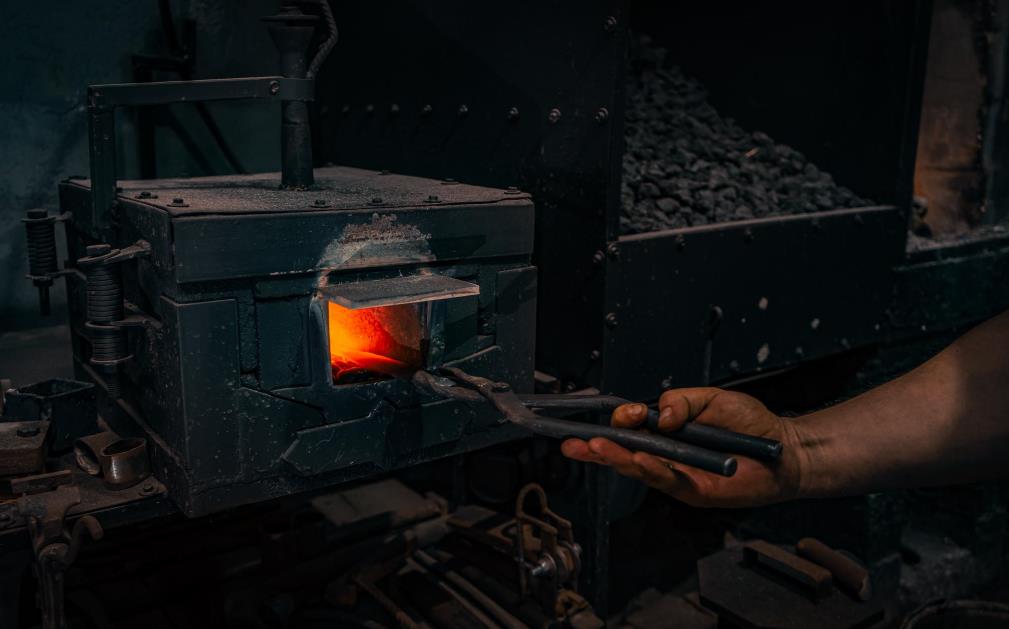
Quenching starts with heating the steel to its recrystallization temperature. Every steel has its temperature requirements, depending on its chemical composition. Regardless of the steel, it must be above this temperature but still below the melting point.
The steel also may need to stay at its recrystallization temperature for a set duration to soak it. Soaking refers to keeping the steel at the needed temperature until the desired internal structure change takes place.
Once this internal change happens, the blacksmith needs to cool the steel rapidly. There are several ways this can be done. There are different quenching media used for cooling the steel to room temperature. Again, the quenching media also depends on the steel.
Quenching media
There are three primary quenching media for steel and other similar metals. These are as follows.
- Water
- Oil
- Air
Here is how these three different media cool the steel during the quenching process.
Water quenching
Water is an affordable quenching media. It cools the steel extremely fast, helping it reach maximum hardness. Water quenching is also safer than oil quenching as it isn’t flammable.
These come with certain drawbacks, though. Water quenching doesn’t work with most steel and can lead to cracks or warping. If the blacksmith uses water for quenched steel, it can ruin it – potentially turning it into a useless metal piece. A similar outcome applies to every other quenching media to a degree.
Oil quenching
Oil is perhaps the most popular quenching media for several reasons. A must for tool steels, oil cools steel fast enough without causing severe distortions. The only drawback to it is the associated cost.
Nonetheless, quenching oil is very adjustable. There are plenty of options that result in the best results. Using the most appropriate quenching oil, whether industrial or food-grade alternatives, sufficiently hardens a broad range of knife steel.
Air quenching
Although it doesn’t work with common knife steel, the air is the most straightforward quenching media. Leaving the hot blade to rest and get back to room temperature only requires a bit of patience.
There are faster ways to cool steel following this quenching media by forcing the air to compress around the metal. The compressed air will cool the blade quicker than still air. Nevertheless, air quenching is usually too slow to optimize the steel’s properties.
Bonus: brine quenching
Additionally, there is brine quenching. Brine is simply a mixture of water and salt. This quenching media offers the fastest cooling. Brine doesn’t form air bubbles like regular water, ensuring the steel is in contact with liquid nonstop.
What is the best quenching media?
As mentioned throughout this article, every steel is different. Therefore, cooling rates aren’t always the same. Enter specific steel, and finding the best quenching media becomes easier.
For example, water quenching works the best for W2 steel, whereas oil quenching is more appropriate for the Japanese VG-10.
Other heat treating methods
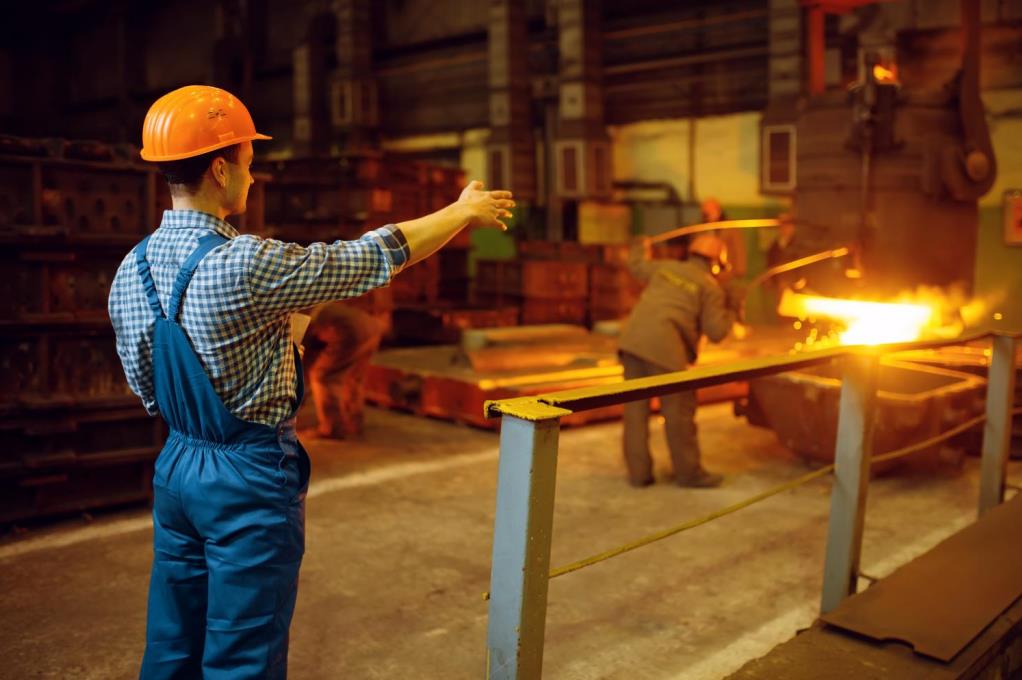
As mentioned, quenching is just one heat treatment method among many. Here is a summary of the other heat treatment methods for altering the properties of steel.
Annealing
Annealing starts with heating the steel to its recrystallization temperature, like quenching. However, the steel isn’t cooled rapidly. Instead, it’s slowly cooled at a predetermined rate. Annealing brings the steel to its most ductile state. Its purpose is to improve machinability for cold working, such as rolling.
Normalizing
Different heat treatments can make the steel difficult to work with for the next steps in knifemaking or other applications. Luckily, there is sort of a reset button for steel.
Normalizing creates an even grain size in the microstructure of the steel. It’s performed by heating the steel to its recrystallization temperature and air cooling to room temperature. In a way, normalization requires air quenching. As a result of normalizing, the steel becomes more ductile and ready for hardening.
Tempering
This heat treatment process comes after quenching. As mentioned, quenching builds internal stress in the microstructure of the steel. It can also harden the steel excessively. Since this makes the steel more fragile and prone to cracking or even shattering, the excess hardness needs to be reduced.
Tempering relieves the internal stress and softens the martensite, making the steel stronger. Tempering starts with heating the steel at much lower temperatures, around 250C. The steel is kept at the required temperature for a set time. It’s then cooled by air at a controlled rate.
Buy Wholesale Knives and Start Scaling up with Us Today
Contact us and connect with a sales rep to get a free quote.
Conclusions
Quenching is a critical heat treatment method for increasing the steel’s hardness. The steel might be too soft for the desired cutting performance without quenching. The harder the steel, the longer the edge stays sharp.
However, as with everything involving knifemaking, it depends on the steel. It takes expert craftsmanship to determine the optimal range between hardness and strength.
As a knife manufacturer with three decades of experience, LeeKnives supplies knife stores with premium-quality products at reasonable prices. We can be the perfect supplier you’ve always imagined.
Our services are catered to help our partners grow and succeed in their knife business. Request a free quote from here today. We offer wholesale, OEM, private label, and many other services.
